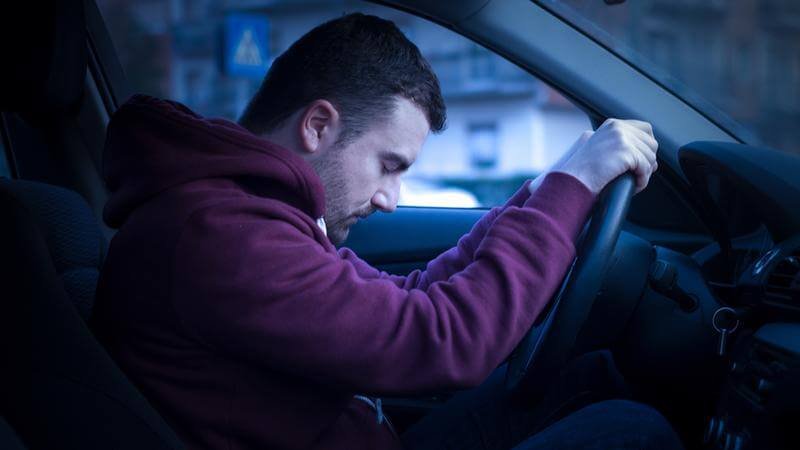During microsleep, parts of the brain go offline for a few seconds while the rest of the brain stays awake.
…
Researchers don’t fully understand why certain parts of our brain switch off throughout the day. But they have found the states of sleep and wakefulness aren’t as cut and dry as we might assume. And although fatigue does seem to prime the brain for microsleep, even well-rested people do it — a lot.
…
In the experiment, people awake for a grueling 22 hours had their brain activity monitored after entering a dark fMRI machine. When participants briefly drifted into microsleep, researchers observed that the brain’s thalamus became less active. This part of the brain regulates the sleep-wake cycle and acts as a sensory gatekeeper, sending incoming information to other parts of the brain for processing.
But surprisingly, during these moments of microsleep, activity in parts of the brain responsible for paying attention ramped up. Activation in these regions are likely our brain’s way of staying awake and preventing us from fully succumbing to the urge to sleep. And it might explain why many people can still perform tasks in auto-pilot mode.
Read full, original post: Understanding Microsleep — When Our Minds Are Both Asleep and Awake































